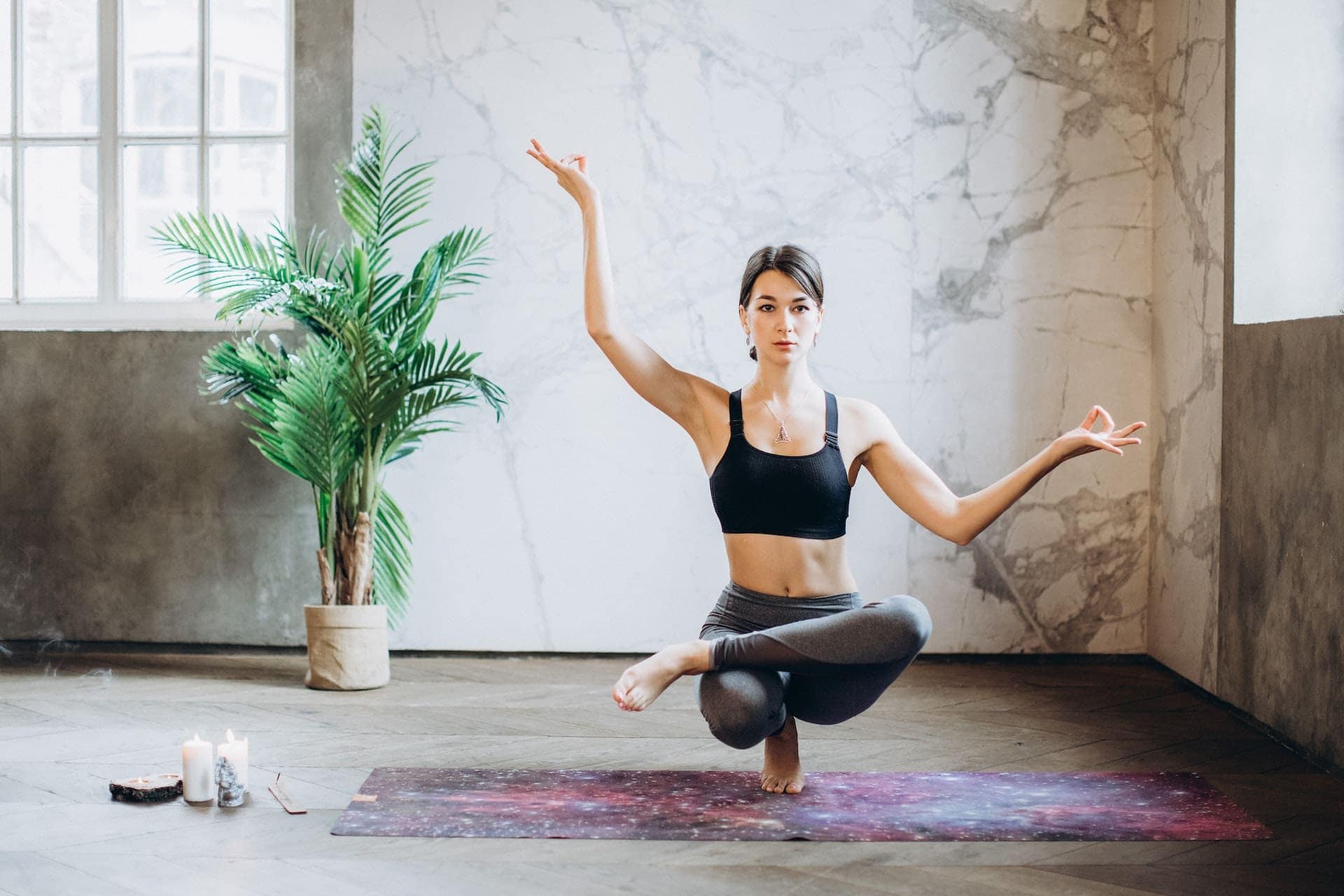As adults approach old age, preventing trips and falls becomes increasingly important. Older adults may not have the balance and reflexes they used to, and with more brittle bones, falls can have more serious consequences. Adults over 60 years of age experience the most falls — and 20% to 30% of older people who fall suffer moderate to severe injuries such as bruises, hip fractures or head trauma, according to the World Health Organization (WHO).
The following are some risk factors for falls in older adults:
- A history of falls
- Difficulty walking or impaired balance
- Reduced muscle strength or functional abilities
- Vision problems
- Taking more than four medications or taking psychoactive drugs
- Depression
- Decreased blood pressure when standing up or dizziness
- Age over 80 years
- Female sex
- Incontinence
- Cognitive difficulties
- Arthritis
- Diabetes
- Pain
In this article, we’ll share six physical therapist-recommended tips to prevent slips, trips and falls.
6 physical therapist-recommended tips to prevent slips, trips, and falls
Falls are one of the most preventable causes of injury in older adults. As you notice your loved ones slowing down and having a harder time with daily functions, it’s a good idea to help them find fall prevention training. Working one-on-one with a physical therapist can provide the personalized training each person needs to manage their unique risks.
You or your loved ones can take the following measures to prevent slips, trips and falls:
-
Conduct a comprehensive home safety assessment
Older adults may not recognize the fall hazards in the home environment they’ve been living in for many years. A PT can help identify potential dangers such as loose rugs, electrical cords, dim areas and clutter. Even items that are difficult to reach can present a fall risk. They can recommend easy fixes such as night lights, glow-in-the-dark tape, nonslip mats and grab bars.
-
Choose appropriate footwear for stability and support
The footwear you wear around the house and in public can affect your fall risk. Wear shoes with a low heel, plenty of support and rubber soles with good traction. Make sure you can fasten them securely and that there is plenty of room in the toe. Avoid wearing socks or slippers on hard surfaces.
-
Implement a consistent strength and balance training program
Staying fit can help reduce your fall risk by improving your reaction time and control. Focus on strengthening your lower body and practicing balance exercises. Sit-to-stands, heel-toe walking, balancing on one leg and tai chi movements can all help improve your balance. Your PT can help create a personalized program using items you already have at home. At Forever Fit, we also utilize Agado AI-based exercise programs to help patients see visible results in reduced fall risk and improved gait.
-
Be mindful of medication side effects
Many medications can cause dizziness, light-headedness or coordination problems that increase fall risk, especially in older adults. Talk with your pharmacist about potential side effects, especially if you take blood pressure medication, anti-anxiety drugs, sleep aids or pain medications. It may help to plan more challenging activities during the time of day when you feel most alert and responsive.
-
Address vision and hearing impairments
Sensory impairments have a significant effect on your ability to navigate your environment and respond to a slip or loss of balance. Schedule regular vision and hearing checkups, and use any devices your doctor recommends, such as glasses or hearing aids.
If you wear glasses, make sure your prescription lenses are up to date. If they affect your depth perception, don’t wear your glasses when walking, especially on stairs or uneven surfaces. Make sure your home is well-lit.
-
Use assistive devices properly when needed
Mobility devices can reduce your fall risk when used correctly, but improper use can be dangerous. When you get a new mobility device, ask for help selecting one that suits your needs and training on how to use it. Remember that assistive devices are not a sign of frailty, but a tool that can help you maintain your independence.
Get personalized fall prevention training at Forever Fit
Falls and injuries happen when you least expect them, so proactive prevention is key. If you think you’ll never need to use fall prevention strategies, you may be surprised — it’s much better to be safe than sorry. Even if you don’t need them right away, it’s good to start practicing these skills before your abilities decline.
At Forever Fit, we try to make the process of fall prevention training as engaging as possible. We develop personal relationships with our clients, and we even try to have fun when possible. We begin with a fall risk assessment, and then we create a personalized plan for you.
Are you considering fall prevention training for yourself or a loved one? Give us a call today for more information or schedule an initial appointment.

